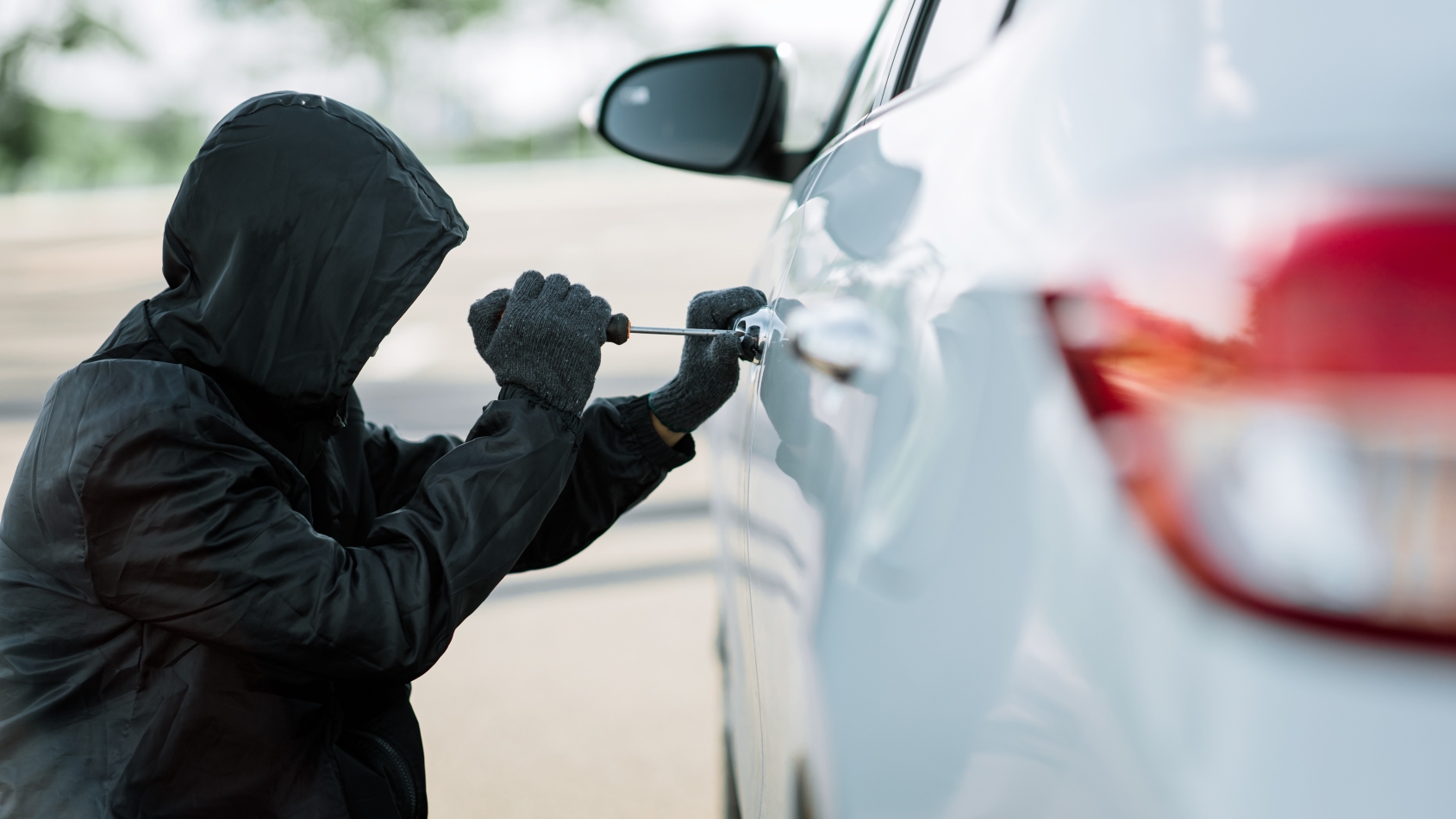IBC urges government to act as auto theft claims costs soar in Alberta

By subscribing, you agree to receive communications from Auto Remarketing and our partners in accordance with our Privacy Policy. We may share your information with select partners and sponsors who may contact you about their products and services. You may unsubscribe at any time.
The cost of auto theft has spiked dramatically in Alberta over the past three years, according to data from Insurance Bureau of Canada.
The national trade association representing insurers said auto theft claims costs in the province have risen 65% in that span, from $67 million in 2021 to $110.3 million in 2024. Since 2014, those costs are up 161%.
Auto theft has hit hardest in Alberta’s biggest cities. Claims costs have soared 81% in Calgary and 79% in Edmonton from 2021 to ‘24. Last year that total came to more than $37.5 million for Calgary and 28.5 million for Edmonton. Grande Prairie’s costs have increased by 59%, Fort McMurray is up 53% and Medicine Hat is up 36%.
“The auto theft crisis persists in Alberta at a time when the province’s auto insurance system is already under tremendous strain from tariffs, inflation, growing legal costs and rising vehicle repair and replacement costs,” IBC Pacific and Western vice-president Aaron Sutherland said. “The provincial government took an important step last fall, announcing significant auto insurance reforms. But much more is needed, including more measures to curb auto theft.”
Alberta’s actions included allowing only people with an Alberta driver’s license or ID to register a vehicle for someone else. IBC called that “a positive early step, but it is not enough.”
The association said Alberta’s auto insurers urge the provincial government to:
Subscribe to Auto Remarketing to stay informed and stay ahead.
By subscribing, you agree to receive communications from Auto Remarketing and our partners in accordance with our Privacy Policy. We may share your information with select partners and sponsors who may contact you about their products and services. You may unsubscribe at any time.
Prohibit the VIN override function for registries: Currently, registry agents can override the VIN input system and enter an invalid or unconfirmed VIN, making it simple to change vehicle information for the purpose of fraud or theft. According to the 2024 Auto Theft Trend Report from Équité Association, a nonprofit that helps insurers fight fraud, there’s been an increase in re-VINed vehicles and vehicles stolen for export from Alberta.
Update and standardize vehicle bills of sale: IBC said that would make it more difficult to sell stolen or re-VINed vehicles.
Restrict third-party vehicle registrations to dealerships: The more people who can register a vehicle, the greater the fraud risk. Restricting it to licensed dealers helps prevent stolen or re-VINed vehicles from entering the system.
Implement an Insurance Validation Program: An IVP would let law enforcement and provincial auto registries instantly confirm whether a vehicle has active insurance, deterring uninsured driving.
The cost of providing auto insurance continues to grow with auto theft and other pressures climbing, but Alberta has frozen or capped auto insurance rates below the cost of providing coverage for the past three years, which IBC said is “the longest period of government interference in auto insurance in Canadian history.”
As a result, the association said, premiums no longer reflecting the cost of providing auto insurance coverage — in Alberta, auto insurers paid out $1.17 in claims and expenses for every $1 they earned in premiums last year.
“This is not sustainable,” IBC said in a news release, “and, as Alberta auto insurance is becoming financially untenable, insurers have been forced to restrict the sale of coverage, leaving many drivers facing challenges securing the coverage they need.”
The association said keeping rates from reflecting the actual cost of coverage jeopardized the ability of the Care-First model to deliver improved premiums, citing a report from consulting firm MNP that showed the government’s intention to maintain the ability to sue in Alberta’s Care-First auto insurance model could add up to $136 to required premiums annually.
IBC said that further calls into question whether there will be any savings when the new system is put in place Jan. 1, 2027.
“Addressing the auto theft crisis requires urgent action on multiple fronts,” Sutherland said. “By working together with governments, law enforcement and other stakeholders, we can help ensure Alberta’s drivers are better protected against the scourge of auto theft.”


